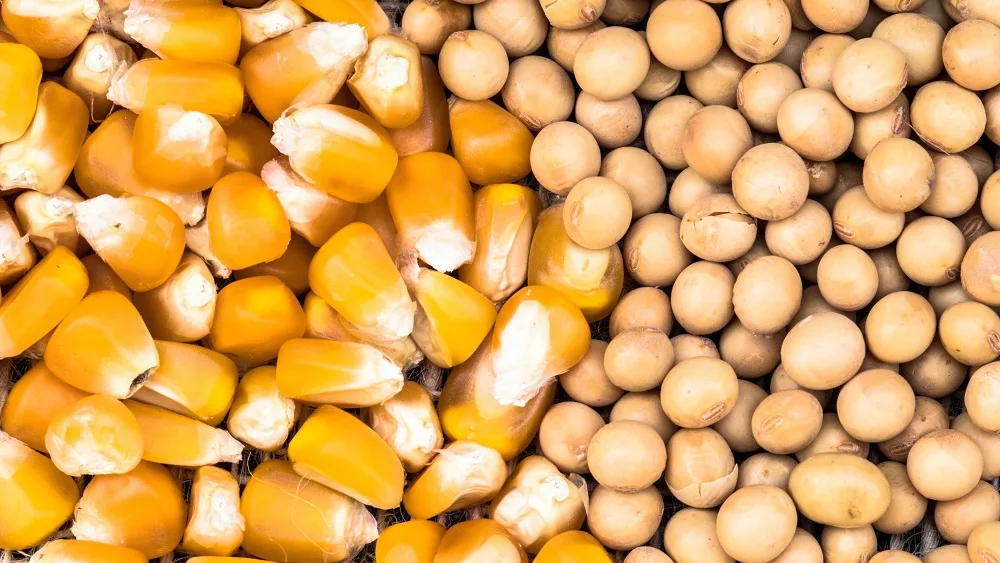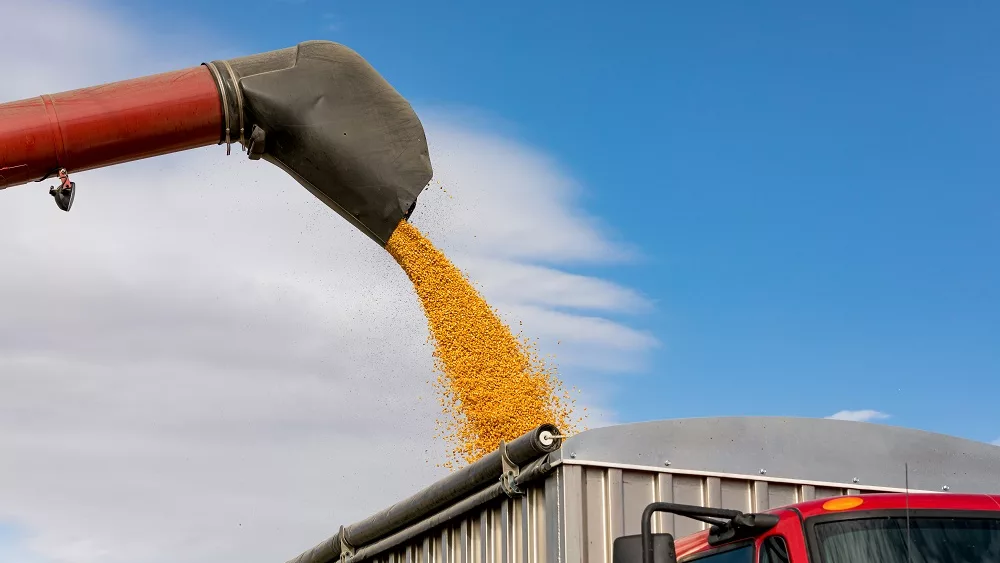 We heard it over and over from Indiana farmers during the harvest of 2014, “These are some of the best yields I have ever had.” The final production figures from last year released by the USDA on Monday confirm that. “2014 was a record year for corn and soybean yields and production in Indiana,” according to Greg Matli, State Statistician, USDA, NASS, Great Lakes Region. Corn production topped one billion bushels for the second year in a row and soybean production was above 300 million bushels for the first time ever. This trend occurred nationally as well, with corn for grain production is estimated at a record 14.2 billion bushels, down 1 percent from the November forecast but 3 percent above the revised 2013 estimate. The average yield in the United States is estimated at a record high of 171.0 bushels per acre.
We heard it over and over from Indiana farmers during the harvest of 2014, “These are some of the best yields I have ever had.” The final production figures from last year released by the USDA on Monday confirm that. “2014 was a record year for corn and soybean yields and production in Indiana,” according to Greg Matli, State Statistician, USDA, NASS, Great Lakes Region. Corn production topped one billion bushels for the second year in a row and soybean production was above 300 million bushels for the first time ever. This trend occurred nationally as well, with corn for grain production is estimated at a record 14.2 billion bushels, down 1 percent from the November forecast but 3 percent above the revised 2013 estimate. The average yield in the United States is estimated at a record high of 171.0 bushels per acre.
Cody Bills, with Grain Hedge, says the market was expecting a reduction in harvested corn acres because of flooding and other weather problems, especially in the upper Midwest. But that is not what the report showed. The report did, however, project a reduction in ending stocks of 121 million bushels to 1.877 billion bushels, “That was below market expectations, and that is why corn prices moved higher.”
Bills says the soybean numbers in the report were bearish and sent soybean prices tumbling, “National yields were increased 0.3 bpa, with an 11 million bushel increase in soybean production over expectations and ending stocks were left unchanged at 410 million bushels. The market had been expecting a 17 million bushel reduction in the ending stock number.” This sent soybean futures prices down 38 cents on many contracts.
With the report in the books, the market will now begin to focus on South America production prospects. According to Bills, “If we have an average or higher soybean crop in Brazil, it will be hard for the market to move higher.”
Arlan Suderman, with Waterstreet Solutions, echoes this sentiment. He says the report overall was neutral, but it failed to provide the bullish surprise that many traders were hoping for, leading to a sell-off. “March soybeans settled near their session low and just above the 100-day moving average at $10.145. Psychological support sits at $10. Consecutive closes below $10 would likely be confirmation of a significant shift in market sentiment at the focus now shifts to the big South American harvest at hand. It would likely take a convincing move above $10.60 to alter this sentiment,” he stated.
Jim Riley, with Riley Trading, told HAT the corn market will now focus on demand. He said any new demand could move prices higher, “Right now we are price competitive on the world corn market.” Bills said the market may begin to try and buy some corn acres as we move into February. Suderman is less optimistic about a corn rally, “I question whether it will be able to sustain this strength amid a collapse in the rest of the commodity sector — especially in soybeans. Next key support is $3.85, with next key resistance at $4.095.”




